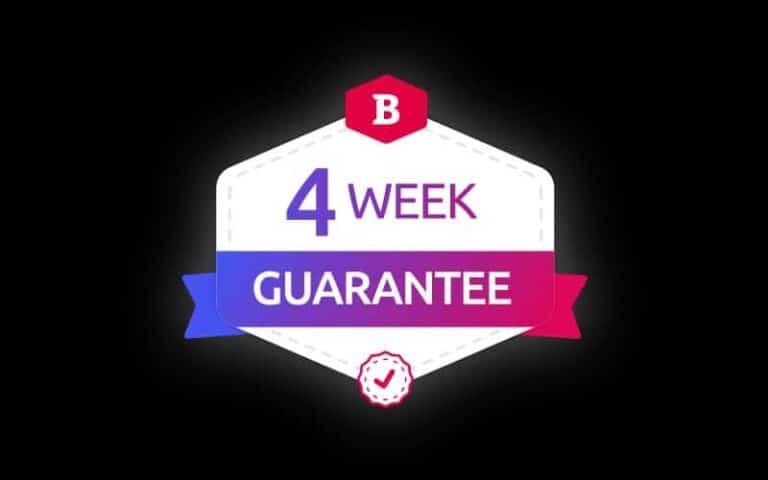Betty Blocks launches 4-Week Guarantee. The service guarantees that a customer can develop an application for a pre-defined use case within four weeks. Betty Blocks charges a fixed fee and ensures the project is finished on time.
Betty Blocks develops a platform for low-code and no-code development. The platform allows users without programming skills to develop and update applications. Organizations use the platform to save on training costs and overcome staff shortages.
Although low-code and no-code can speed up development processes, the technologies don’t guarantee that projects stay within budget and allocated timeframes. Organizations that lack experience regularly run into unexpected costs and delays. Hence, Betty Blocks launches 4-Week Guarantee. The service guarantees that organizations can develop an application for their use case within four weeks.
To qualify, an organization is required to lay out the application’s goal. Betty Blocks reviews the submission and indicates what the organization needs to complete the project within four weeks. The necessary tools and consulting are provided for a fixed fee.
4-Week Guarantee
Betty Blocks promises that customers won’t run into unexpected costs and delays. The organization guarantees that the final application meets all expectations. Furthermore, Betty Blocks promises to assist in the application’s deployment, allowing for an immediate return on investment. Finally, the organization guarantees that the end result integrates smoothly into the customer’s existing infrastructure.
Betty Blocks targets the service at organizations that have little or no experience in managing no-code and low-code projects. The service inherently teaches customers to detail the purpose and expectations of development projects. Part of the project’s execution is taken care of by Betty Blocks, but customers can watch and learn to independently manage development projects in the future.
The service is available immediately. Betty Blocks shared a free demo on its website.
Tip: Low-code: what is it and which type should you consider?
